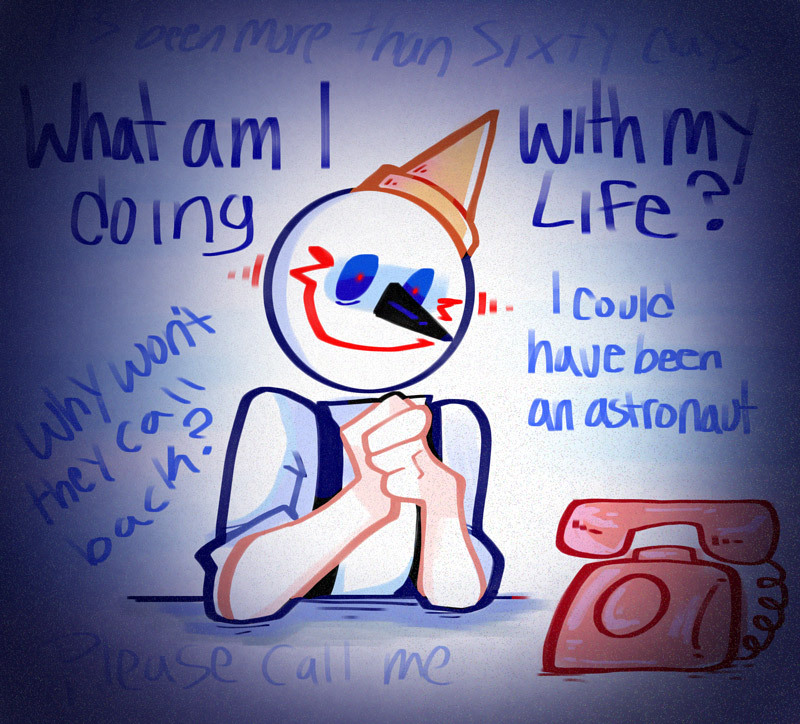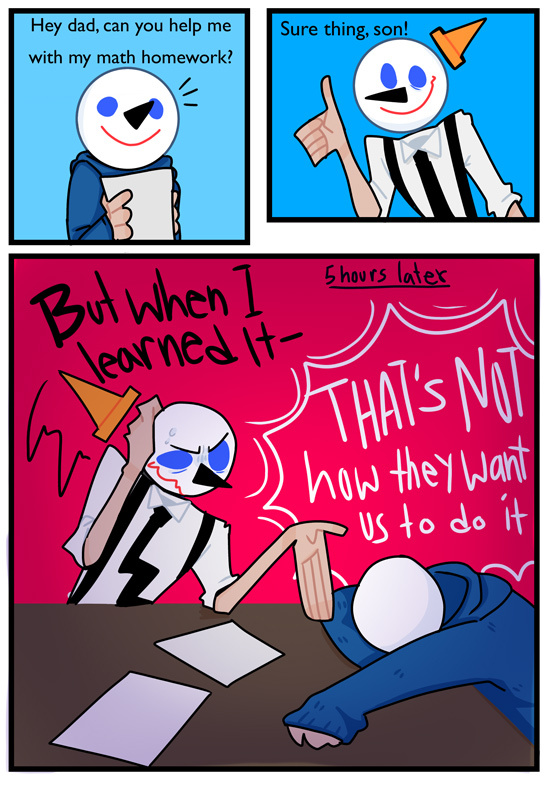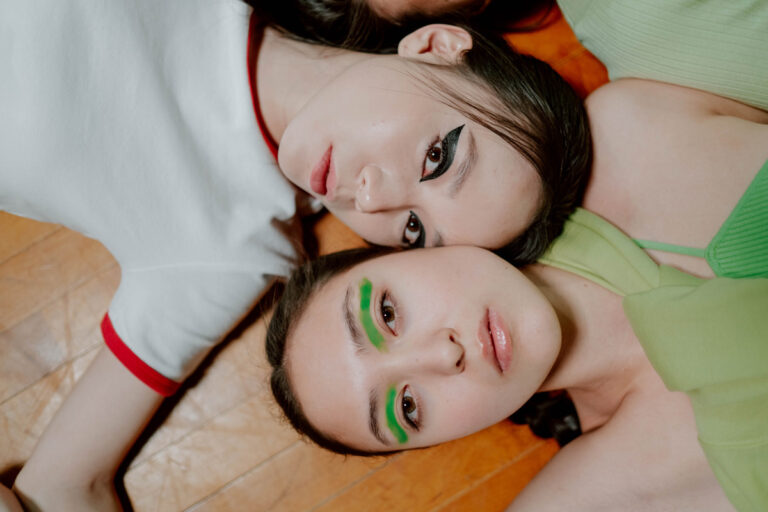What’s the deal with brands infiltrating Discord to build communities?
It’s 2022 and our interests are as dynamic as ever. Catering to a digital-first generation with 8-second attention spans, it’s not surprising to see companies often run into brick walls when it comes to engaging their target audience. So in the age of “been there done that,” is there a platform which encourages free-flowing conversations around a brand while giving marketers the autonomy of customising individual experiences?
“Clubhouse, duh!” I hear you say. Well, I hate to break it to you but gen Zers are commercially migrating from the social audio app to another ever-inviting ecosystem—previously only popular among gaming communities. Enter Discord in all its organic glory.
What is Discord?
Launched in 2015, Discord is an instant messaging and digital distribution platform—first conceived as a conversation hub for gamers. Here, users can build dedicated servers (similar to channels on Slack), text, voice and video chat and share their screen with each other. They can also listen to music together, make their own emojis and customise the heck out of their profile.
I’m not kidding about the ‘heck’ part in the latter feature. On Discord, you can either choose to be anonymous or do a “face reveal”—as the lingo goes on the platform—by inserting your own selfie. This can either be a static image or an animated avatar, provided you have a Nitro subscription. You can also choose your own profile banners, change your username from time to time and set custom statuses.
nitro subscribers can now set unique avatars in each server, cause being the same type of frog gets boring.
— Discord (@discord) September 28, 2021
here’s how to be a different type of frog: https://t.co/GGpbyXtUVU pic.twitter.com/koKrzQXn1B
Although Discord initially aimed to facilitate text and voice chats while playing video games with other users, it has since positioned itself outside this niche and into all sorts of professional and social communities.
In 2020, Discord changed its slogan from ‘Chat for Gamers’ to ‘Chat for Communities and Friends’ and started expressing its plans of courting users with varied interests—ultimately hoping to evolve into a platform that, as its Chief Marketing Officer Tesa Aragones puts it, “runs the gamut from creative collaborations, to maths tutoring, podcasts and avocado smoothies.” From hosting “agency days” to featuring Awkwafina and Danny DeVito in its first brand campaign, it’s safe to say that the platform has amassed over 150 million monthly active users today for good reasons.
The marketing playbook
Nowadays, Discord servers of several aesthetics and subcultures like Weirdcore have become commonplace for members to huddle around shared cultural interests. But as of late, numerous commercial brands have been infiltrating the platform and hailing it as the new frontier of marketing in their playbooks.
While online marketplace StockX debuted its Discord server in June 2021, retailers like AllSaints, Hot Topic, New Era Cap, Chipotle and Jack in the Box have also hosted events, queries and giveaways on their own servers. Leveraging Discord as a platform to connect everyone from level five sellers to casual collectors, StockX currently has over 31,000 members who actively post their “Kicks of the day” on dedicated channels created by the marketplace. Meanwhile, the server created by New Era Cap—the company behind the official headwear for the NFL, NBA and MLB—is a place for enthusiasts to show off their collections and just chat about sports in general.
In May 2020, British fashion retailer AllSaints hosted a Q&A session with its lead menswear designer and offered an insider look into the brand’s style evolution on Discord. Meanwhile, American food chain Chipotle tapped the platform in its push for availing fresh recruitments. Launching a virtual career fair on Discord three days after announcing an increase in wages, the burrito giant not only connected with fans of the chain but also distributed applications to potential job seekers.
The result? More than 3,000 members joined the server in under a week and Chipotle witnessed a 77 per cent week-over-week increase in applications.
Learn more about what it’s like to work at Chipotle at our virtual career fair on @Discord this Thursday, 5/13 from 10AM-1PM PST: https://t.co/6IE26JQzFr.
— Chipotle (@ChipotleTweets) May 11, 2021
For all these commercial giants, Discord has offered a way to engage with their existing fanbase. The array of tools available on the platform also provide endless possibilities for brands to customise individual user experiences—tailoring them specifically to their consumers. This is probably one of the major factors that differentiate Discord from other platforms in the marketing handbook.
However, the digital asset in question is not without cons. For starters, launching a campaign on Discord is no easy feat—given how it’s not designed to be a social network like Facebook and Instagram. Sure, the platform boasts 150 million active users, but they’re actually dispersed across thousands of smaller servers and, therefore, difficult to reach. Discord also lacks features aimed at discoverability and virality unlike other mediums like TikTok. So, even if a campaign manages to run well on a server created by the brand, there are no chances of it gaining traction outside the same.
Discord additionally earns money through its premium subscription service called Nitro and doesn’t support ads in its interface. While this is one of my favourite features of the platform as a user, it ultimately cancels out all possibilities of monetisation.
A peek into the communities
Now onto the elephant in the room: despite all the cons Discord houses under its belt, why is such a decentralised ecosystem gaining traction as the next frontier of marketing? And why are more companies trying to get their foot in the door to tap into new audiences as we speak? When SCREENSHOT reached out to Discord to break down the phenomenon, its communication team stated that they were unable to participate in an interview at the moment. The next best source for insights? The active members of the communities mentioned above.
“I heard about the server when it was announced on an Instagram story, alongside a giveaway,” said Remote, a Jack in the Box (JITB) enthusiast who joined its Discord server in July 2021. Although his interest in the fast-food chain’s commercials is what motivated him to join, Remote was also curious about the community JITB had built. “The giveaway was a fun part and we were all excited about it,” he added. “You could say it was like a bonus.”
When asked about the details of the giveaway in question, Remote highlighted how JITB has hosted only one to date—where the chain gave out JITB Funko Pops. “From what I remember, a bot was used and we had to react to messages to enter,” Remote explained. “It was also like a giveaway where someone would win after a certain amount of time would pass and then we would have to re-enter for another try at it.”
Watch👇 this space👇 on Sunday! On 7/25 @ 6pm PST I’m throwing a late night after party with giveaways, live drawings, and a performance by @TheAquabats! I’m giving away Funkos during the whole weekend, too. Join now! https://t.co/XktOYayxYl pic.twitter.com/SPRJnZJBPQ
— Jack in the Box (@JackBox) July 24, 2021
If you, like me, spend most of your free time on the ‘general’ channel of various servers, you must know how dynamic the chat is and how hard it is to actually hold a conversation with someone on Discord. When I joined JITB’s server, I witnessed the same dynamics and topics being tossed around like every other server on the platform: uwu girls, milfs, zaddies, chads and, of course, femboys. That being said, I also noted how a moderator would often steer the conversation back to JITB by sharing a link, video or story that triggered users to react and share their own thoughts.
But that’s just my one-week-old observation of the community. In order to get a more concrete view into the engagement fostered by JITB on the platform, I turned to Remote again. When asked about his personal experience with the community, he shared, “A lot of the fellas there are nice. Some do troll on the server, but it’s not as prominent and bad as it used to be when it started out.” According to the enthusiast, spammers and trolls are quickly banned from the platform by the moderators. “I have made some friends and there are people that I talk to almost on a daily basis and would consider to be close with. I’m glad that there are people with similar interests and fellas I can talk to with ease,” he added.
During my chat with Remote, I also realised how the member had been a dedicated fan of JITB for years before joining the server. “I’ve been living near a JITB since I was about five years old,” he admitted. “Although I don’t frequently eat out, my family almost always chooses JITB when we do.” Remote’s love for the American food chain, in turn, has manifested into full-fledged fan arts—some of which he actively shares on the server. “I mostly make fan art, but I think I’ve made some short ‘comics’ too,” he said, outlining how he plans on making more memes based on JITB “for the fun of it.”



Across Remote’s fan arts, it’s worth noting how JITB’s mascot is versatile enough to fit different media formats. This is exactly why its Discord server has dedicated channels for both JITB memes and fan art—where enthusiasts accept requests for artworks. For example, you can ask an artist to draw the mascot (who the community addresses as ‘Jack’) riding a horse or a bull.
When I asked Remote for his views on Jack’s versatility, he mentioned: “I absolutely think their mascot attracts people. I know some people, myself included, who have little crushes on their mascot.” According to Remote, the avatar also works for younger demographics as Jack looks like a clown but not too clown-like to a point where it’s deemed scary. “Their mascot and their commercials, especially the older ones, do a good job at attracting people,” he added.
So what about, let’s say, McDonald’s? As another fast-food chain with a meme-able mascot, if McDonald’s announced a Discord server, would enthusiasts like Remote join? According to the JITB member, the motivation to join servers boils down to existing interests in the brand. “I wouldn’t join, unless I had a friend who joined and asked me to,” Remote admitted in this regard. He additionally noted how those who already have a Discord account and are familiar with its interface will be more inclined to join a server created by brands compared to other fans.
“However, when the JITB server was made, there were a good number of people who made Discord accounts just for the server,” he continued. “A couple of fellas [were] asking questions on how to do certain things on the first day or so. Most of us would gladly help them figure stuff out.”

Five years down the line, Remote still imagines himself being an active member of the JITB Discord server. “The only way I see [myself] no longer being on the server is if it were to be taken down, or some disaster happened that prevented me from being on the internet. Even if no one was active on the server, I’d still stay because I like to hold onto the memories of the people I’ve met and experiences I’ve had on there,” he said.
As a Discord user since 2018, Remote’s conclusive statement hit home for me. Although the platform has grown to incorporate various facets of internet and commercial culture today, let’s not forget that it has roots in gaming communities—where you’re capable of bonding with absolute strangers with shared interests in under a minute. So couldn’t the same extend to brands too?
Every brand needs a space where their customers and fans can hang out and share slices of their lives defined by the commercial company in question. With a well-structured array of channels and ever-inviting chats, what better platform than Discord to engage with the most valuable customers of your company? Sure, it’s not the perfect way to reach new audiences or monetise on content directly, but one thing brands can be assured of is that once a user joins and starts engaging with others, they’re bound to stick around for the memories and experiences they’ve gathered for a lifetime. A win-win situation, if you ask me.





